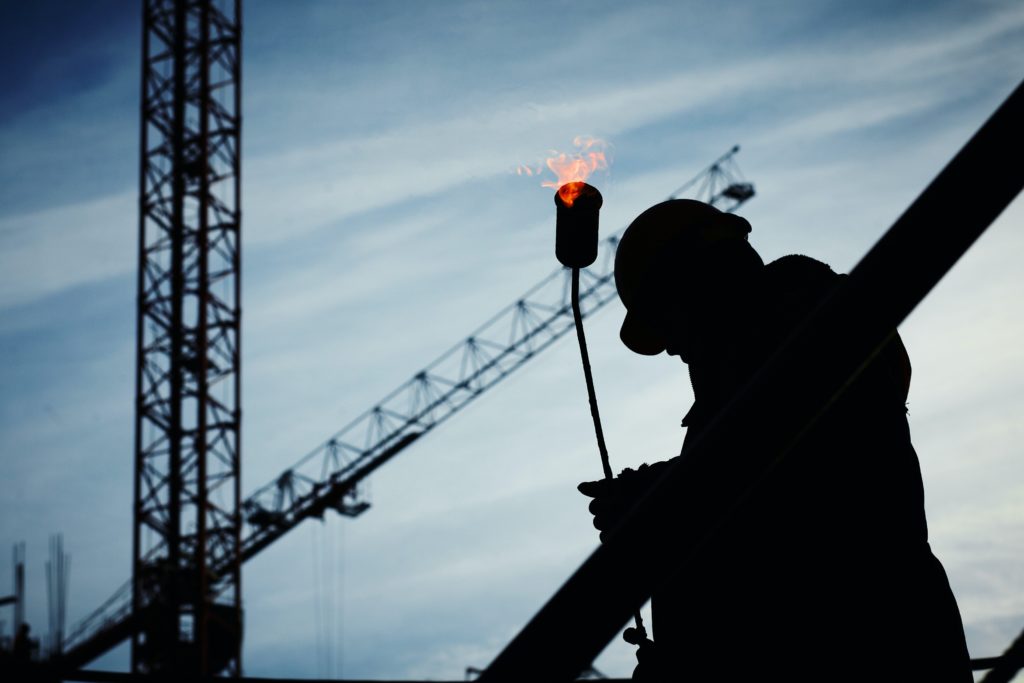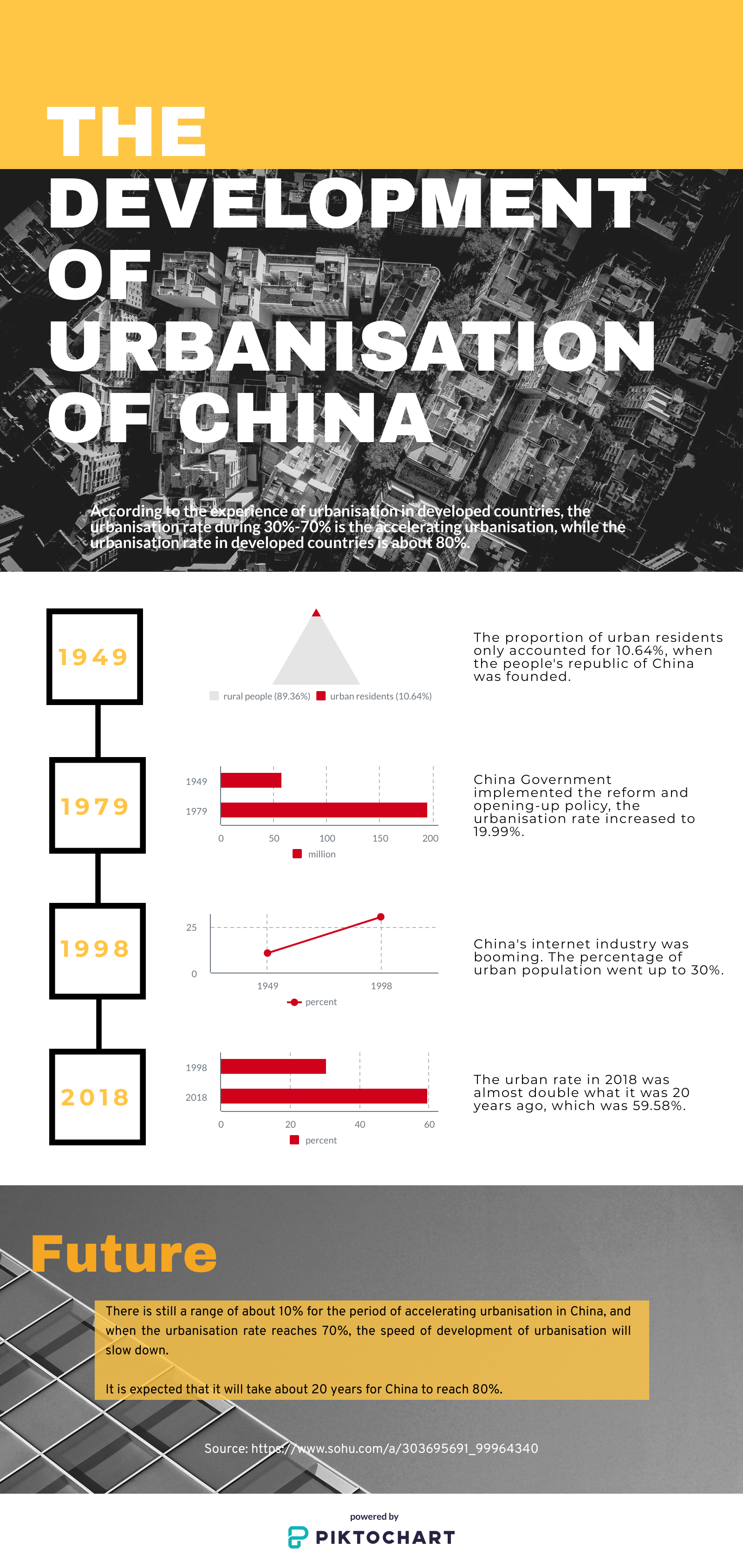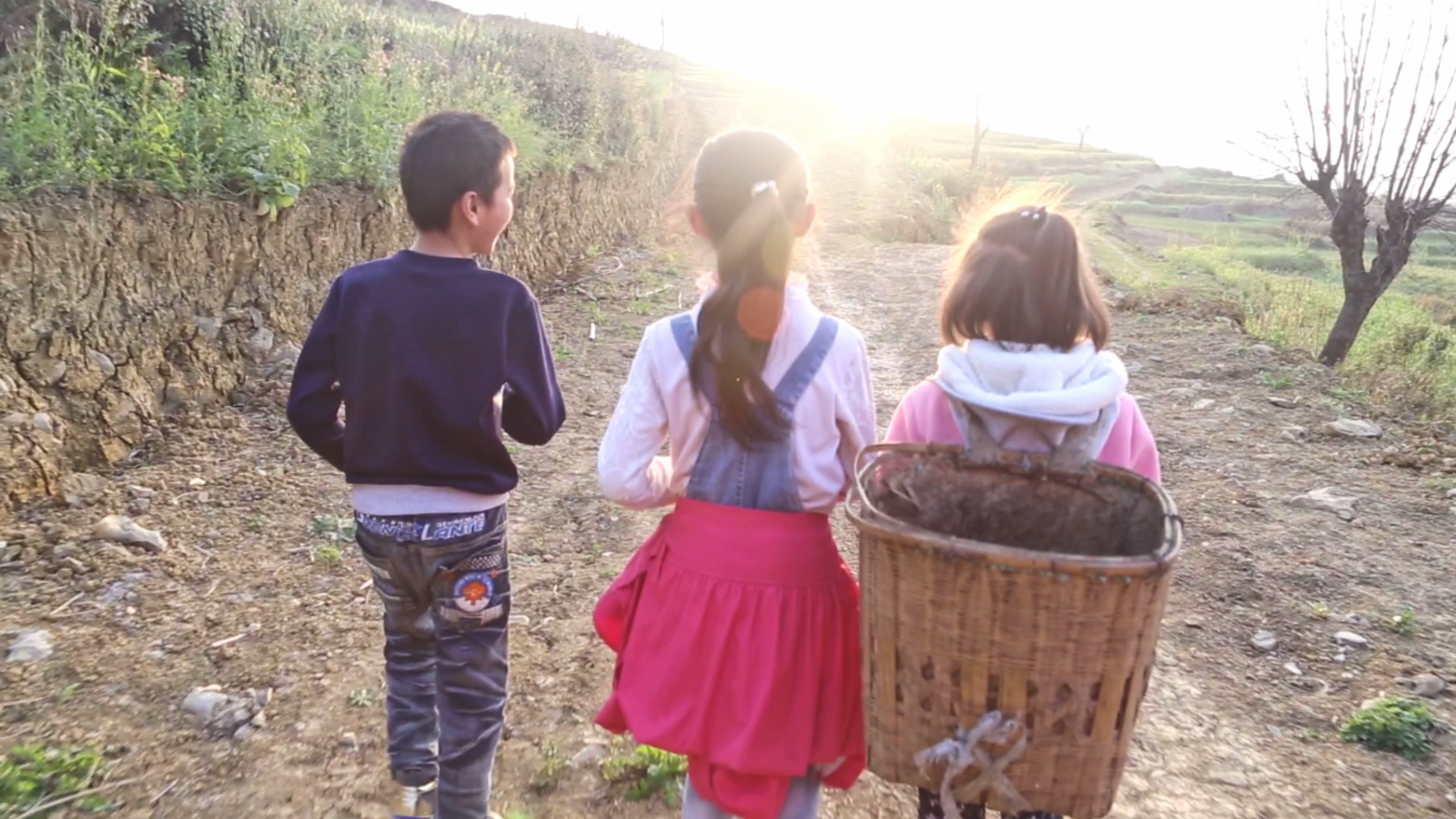Bo Yang has spent three months seeking help for his children to study in the city. All this stems from the restriction of the household registration system on the rights of migrant workers.
Yang Bo, father of Xiaonan has been very stressed recently as his son is now the right age to attended elementary school. However, as they are from a town in the countryside, they are unable to receive free education from public schools within the city. Finding someone who can help them with this issue has caused a lot of stress for Yang Bo during the past three months.
If all goes well, Xiaonan can go to elementary school in September this year. But they must pay 10,000 Chinese yuan, dozens of times more than urban children must pay.
Bo is a bus driver. After graduating from high school in 2000, he moved from the countryside to Guiyang City, Guizhou Province, a city in the southwest of China. Bo said: “I have lived and worked in Guiyang for 20 years. Why is it that my child cannot attend school in the city? Why can’t the city accept us?”
Due to policy restrictions, even if rural workers like Bo have worked in the city for several years, they still cannot enjoy the public resources and other social benefits in urban areas. This policy is called the Household Registration System, which was established in January 1958, to strictly control the movement of population.
The rapid development of China’s economy has accelerated the process of urbanisation. Many people from the countryside have gone to cities to work, and these people are labeled as rural workers.

According to the National Bureau of Statistics, by 2019 the number of rural workers in China had reached 290 million. Due to the hukou system, many children are left behind in the countryside to live with their grandparents, which leads to another social problem in Chinese society —-left-behind children. At present, there are 9.02 million children who have been left behind in Rural China.
Today, the number of rural workers moving to cities for employment is still rapidly increasing, but institutional barriers are preventing them from becoming urban residents. According to Xiaoyong Cao, a professor specialised in economics at Hunan University of Finance and Economics, this is mainly because the hukou system is related to the allocation of resources in education, medical care and employment. However, the most significant gap between urban and rural areas is their educational resources.
“The government investment in education accounts for a relatively low proportion of GDP. Most of the expenditure is invested in urban education, especially in cities in the eastern region such as Shanghai and Guangzhou. The proportion of education funds invested in rural areas is very small, which leads to big problems in the operation of rural schools, teachers’ resources or hardware facilities,” said Professor Cao.

Although rural education investment continues to increase in the recent year, the growth rate is still lower than in the cities. Government investment in education in urban primary and secondary schools increased by 6.7 percent and 9.1 percent, but according to the 2017 National Education Statistical Bulletin, it has only increased by 5.7 percent and 7.8 percent in rural areas.
In addition, there are also great differences in the allocation of medical resources between urban and rural areas. The Statistical Bulletin on the Development of China’s Health Services in 2011 shows that the per capita health expenditure in 2010 was 2,315.5 yuan (about £257) in urban areas and 666.3 yuan (£74) in rural areas. Per capita, health spending in rural areas is less than 30% of that in cities. Furthermore, the best medical resources in China are mainly found in Beijing, Shanghai and Guangzhou. Among the top 100 hospitals in the national ranking, the hospitals in these three cities account for half of this.
The unequal distribution of medical resources has led to the trend in which rural populations choose to seek medical treatment in cities, while those in small cities seek medical treatment in larger cities. Well known hospitals in major cities are overcrowded, so much so that those who are seriously ill cannot receive treatment quickly, which greatly undermines the fairness and use of medical resources. Furthermore, the urban and rural differences caused by the hukou system have also hindered China’s economic development.
Professor Li Huang of Economics of Guizhou University said: “In the process of catching up with developed countries, the most important advantage of China’s economy is its large market. The sales volume in China’s market is large enough to make up for the capital investment in the product development stage, and it is also conducive to mass production of products.”
In the past 30 years, China’s economy has developed rapidly. However, the overall situation of China’s macro economy in the past decade has shown a trend of slower growth. According to data from the National Bureau of Statistics, China’s GDP growth rate was 10.45 in 2011, and after falling to 6.9% in 2015, it dropped to 6.2% again in 2019, the lowest in nearly 30 years.
Professor Huang explains that this is because the demographic dividend in China is gradually fading. Currently, if China wants to promote urbanisation and thus accelerate economic development, it must ensure the free migration between regions in China. The importance of free movement of population is not only to protect people’s rights, but also to ensure that residents maximise their income. For example, people can choose to work where they can get a higher income.
In China, urban per capita income is more than three times that of rural per capita income. Among provinces, the richest cities — Beijing, Tianjin and Shanghai — each had a GDP per capita of around 100,000 yuan (about £11,000) in 2013, while Guizhou, where Bo is located, had a GDP per capita of 26,393 yuan (£2900). The former is about 4 times that of the latter.
“If urban and rural areas can migrate freely, the income gap between cities and countryside’s will eventually be reduced to zero. Moreover, only the flow of labor can form mutual division of labor and cooperation between regions. The formation of economic interdependence between regions is to maintain the most effective way of market integration,” said Professor Huang.
However, the reform of hukou is challenging. Due to the huge difference in resources between rural and urban areas, if the population can move freely, it would lead to an excess in population that is concentrated mainly within the bigger cities.
For example, if people have a hukou in Beijing, they can enjoy Beijing’s high-quality educational resources, medical resources, and public services. This would lead to higher housing prices and cost of living in Beijing. Furthermore, it would lead to an increase in serious traffic congestion and environmental pollution.

According to Professor Huang, Zhengzhou city in the Henan province, introduced hukou reforms to increase the population size to speed up economic development a decade ago. The number of students in Zhengzhou jumped by two-thirds in September. The government had to suspend the new policy after eight months because of a shortage of teachers and equipment.
The reform of the hukou system cannot happen overnight, it represents the social public resources of a region in China. How to reasonably distribute public services between rural and urban areas is the priority. In recent years, in order to promote the equality of basic public services, the Chinese government has issued a series of policies.
In December 2017, the State Council issued the 13th Five-Year Plan to promote the equalisation of basic public services such as children’s education, employment, medical care, pensions, and housing. Especially in the field of education, the government hopes to promote the fair development of education through reform and innovation of education mechanisms.
In addition, in April 2019, the National Development and Reform Commission issued the Key Tasks for the Construction of New Urbanisation in 2019 to promote the construction of China’s urbanisation by promoting the reform of the household registration system, the settlement of non-registered cities, and the development of metropolitan areas.
And before this, small and medium-sized cities and towns with a permanent urban population of less than one million have lifted the restrictions of hukou. The implementation of these policies is contributing to the elimination of the significant gap in benefits caused by the hukou system.
“The degree of freedom of the household registration system determines the degree of modernisation of an economy in a sense,” said Professor Cao. He believes that China’s urbanisation and free migration between regions is a necessary process because the development of urbanisation greatly affects the development of China’s economy.
Currently, China’s urbanisation process is half completed. “At the current rate, it will take at least 20 years for China’s urbanisation process to reach 75%,” said Professor Cao.
To reform the hukou system and promote social equity, there needs to be coordination in the development of employment, education, medical care, pensions, housing and so on. Only then can more people enjoy equality in the basic public services and promote the sustainable development of China’s economy.
“I hope that one day, rural workers can have an urban hukou after working in the city for one or two years. We can enjoy the same benefits as urban residents, and our children can have an equal right to attend to schools in cities,” Bo said.

